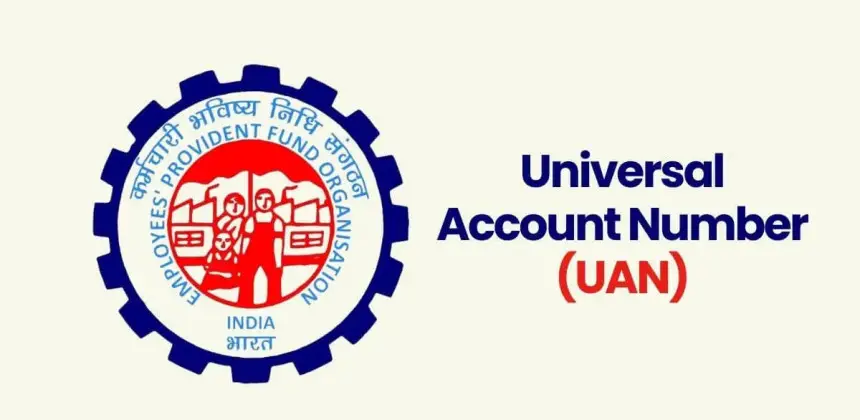
The Lost Art of Check Writing: Your Comprehensive Tutorial
Discover the lost art of check writing in this comprehensive tutorial. Learn how to write checks, why it's still relevant, and common FAQs.
Introduction
The traditional practice of writing checks may appear obsolete in the contemporary era, characterized by the expeditious execution of business transactions by a mere click of a mouse. However, this ability remains valuable and possesses a distinct appeal. We cordially invite you to participate in a comprehensive educational session titled "An Extensive Examination of the Obsolete Practice of Check Writing." During this session, we will delve into the intricacies of this longstanding method and acquire the skills necessary to proficiently write checks. This comprehensive guide aims to provide a thorough overview of the process of writing a check, beginning with the foundational principles and concluding with an examination of its relevance in contemporary society.
The Lost Art of Check Writing: Your Comprehensive Tutorial
This paper aims to critically analyze the significance of check-writing in contemporary society and delve into the intricacies of this financial practice.
You may also like : "A Gentleman's Guide: How to Tie a Tie and Leave a Lasting Impression"
The History of Checks
In order to gain a comprehensive understanding of the practical aspects of checks, it is imperative to first embark on a historical journey to explore their roots. The origin of checks can be traced back to ancient civilizations such as Rome and Persia, where they have a rich and esteemed historical background. Examine the historical evolution of this payment technique across multiple centuries.
The Bank of England is widely acknowledged as the institution that pioneered the utilization of pre-printed forms, a significant development that took place in the year 1717. To mitigate the risk of fraudulent activities, the aforementioned forms were produced on specialized paper commonly used for checks. Additionally, consumers were mandated to personally visit the store and obtain a sequentially numbered form directly from the cashier. Following the completion of writing the check, it was then delivered to the bank in order to facilitate the transfer of monies. During the eighteenth century in England, there was a growing preference for checks as a means of payment, particularly following the prohibition of banknotes for use as legal tender.
Why Write Checks?
In contrast to the convenience offered by electronic transfers, the act of writing checks may be perceived as an antiquated practice. Regarding the rationales behind this phenomenon, there exist multiple factors that are very noteworthy:
- Records and Documentation: The establishment of a documented record via the act of writing checks facilitates the process of monitoring one's expenses and financial transactions.
- Security: In comparison to digital transactions, checks possess a reduced susceptibility to fraudulent activities and various forms of cybercrime.
- Personal Touch: The act of personally handwriting a check can serve as a means to convey genuine sentiment and considerate intention.
- Control: Opting for checks as a payment option offers more control over the temporal aspect of payments.
The Anatomy of a Check
Prior to commencing the process of drafting a check, it is vital to possess a comprehensive comprehension of the various components that constitute a check. In order to facilitate a comprehensive understanding, let us proceed in a systematic manner, addressing each aspect individually:
- Payee: The designated recipient, whether an individual or an organization, to whom the check is to be sent for payment.
- Date: The specific date on which the cheque was issued.
- Amount in Numbers: The total sum of money for the payment in its entirety.
- Amount in Words: The verbal representation of the financial worth of the payment.
- Memo Line: The designated area where the payee can document the purpose or rationale for the monetary transaction.
- Signature Line: The act of granting permission necessitates the affixing of your signature.
- Routing and Account Number: Data that pertains exclusively to the financial institution.
Writing a Check: Step by Step
Let us commence the task of issuing checks by engaging in practical action. Please continue in the following manner:
- Date: To commence, kindly place the present date within the designated check box located in the upper right corner.
- Payee: In the designated space labeled "Pay to the Order of," it is necessary to inscribe the name of the recipient or the name of the corporate entity.
- Amount in Numbers: Please enter the payment amount in numerical format in the designated space.
- Amount in Words: It is advisable to transcribe the payment amount below the designated line denoting the payee.
- Memo Line (Optional): It is advisable to transcribe the payment amount below the designated line denoting the payee.
- Signature: Please affix your initials in the lower right corner of the check.
- Routing and Account Number: In order to complete the necessary banking transaction, it is imperative that you record the routing number and account number of your financial institution on the lower portion of the check.
You may also like : "Elevate Your Artistic Skills: A Beginner's Guide on How to Draw"
Common Mistakes to Avoid
Although the procedure of writing a check may seem straightforward, it is important to note that there exist numerous common errors that ought to be avoided:
- Post-Dated Checks: When issuing a post-dated check, it is advisable to use prudence and vigilance due to the possibility of non-fulfillment of the check.
- Insufficient Funds: It is imperative to ensure that an adequate balance is maintained in one's account to sufficiently cover the entirety of the check's value.
- Illegible Writing: In order to mitigate the risk of misinterpretation, it is advisable to ensure that your written work is both succinct and accessible to readers.
- Missing Signatures: Cashing a cheque that lacks one's signature is an infeasible task.
Security Measures
When engaging in the act of writing checks, it is imperative to have in mind a set of security protocols in order to protect oneself and one's financial resources:
- Secure Checkbooks: It is imperative to ensure that one's checkbook is stored in a location that is both safe and secure.
- Use Gel Pens: Gel ink is considered a more secure alternative for writing checks due to its inherent difficulty in being altered.
- Record Transactions: It is imperative to consistently maintain a comprehensive record of all issued checks, with essential details such as the recipient's name and the monetary value.
- Shred Old Checks: To mitigate the risk of identity theft, it is advisable to securely dispose of canceled checks.
The Digital Age and Checks
Despite the prevalence of electronic payment mechanisms, checks persist as a relevant kind of transaction in contemporary society:
- Mobile Check Deposits: Mobile applications are available at numerous banking institutions to facilitate the deposit of checks.
- Electronic Checks: The utilization of one's bank account for conducting online payments is facilitated with the implementation of electronic checks (e-checks).
- Check Imaging: In contemporary times, numerous financial institutions opt to display digitized replicas of voided checks on their online platforms.
Conclusion
Indeed, while the practice of check writing, commonly referred to as "The Lost Art of Check Writing," has experienced a decline in popularity, its preservation remains of utmost significance. The act of writing checks is an essential financial competency, regardless of whether individuals engage in this practice due to sentimental reasons, a need for enhanced security, or personal inclination. Hence, it is advisable to retrieve your checkbook and adopt this longstanding practice, notwithstanding the prevalence of digital transactions in contemporary society. As a result of successfully completing this comprehensive course, you have acquired the requisite information to confidently and securely engage in the process of writing checks.
You may also like : "Confidence Booster: Learn How to Pronounce Anything with Ease"
FAQs (Frequently Asked Questions)
Can I write a check for any amount I want?
- Technically, yes, but it must not exceed the funds available in your account.
Is it safe to write checks for online purchases?
- Online vendors may accept checks, but exercise caution and ensure the website is secure.
What should I do if I make a mistake on a check?
- If you make a mistake, void the check and start over on a new one.
Can I post-date a check to ensure I have enough funds?
- Yes, but there's no guarantee it won't be cashed earlier.
Are there any fees associated with writing checks?
- Some banks may charge fees for checkbooks or returned checks.
Can I use a check as a gift?
- Certainly, a decorative check can make a unique and thoughtful gift.
Tags
Check writing, Lost art, Comprehensive tutorial, Personal finance, Financial literacy, Banking skills, Checkbook management, Handwritten checks, Money management, Writing checks, Financial education, Checkbook balancing, Traditional banking, Payment methods, Financial transactions, Paper checks, Checkbook etiquette, Checkbook registers, Financial responsibility, Budgeting tool, Check security, Banking history, Financial record keeping, Check fraud prevention, Financial skills





